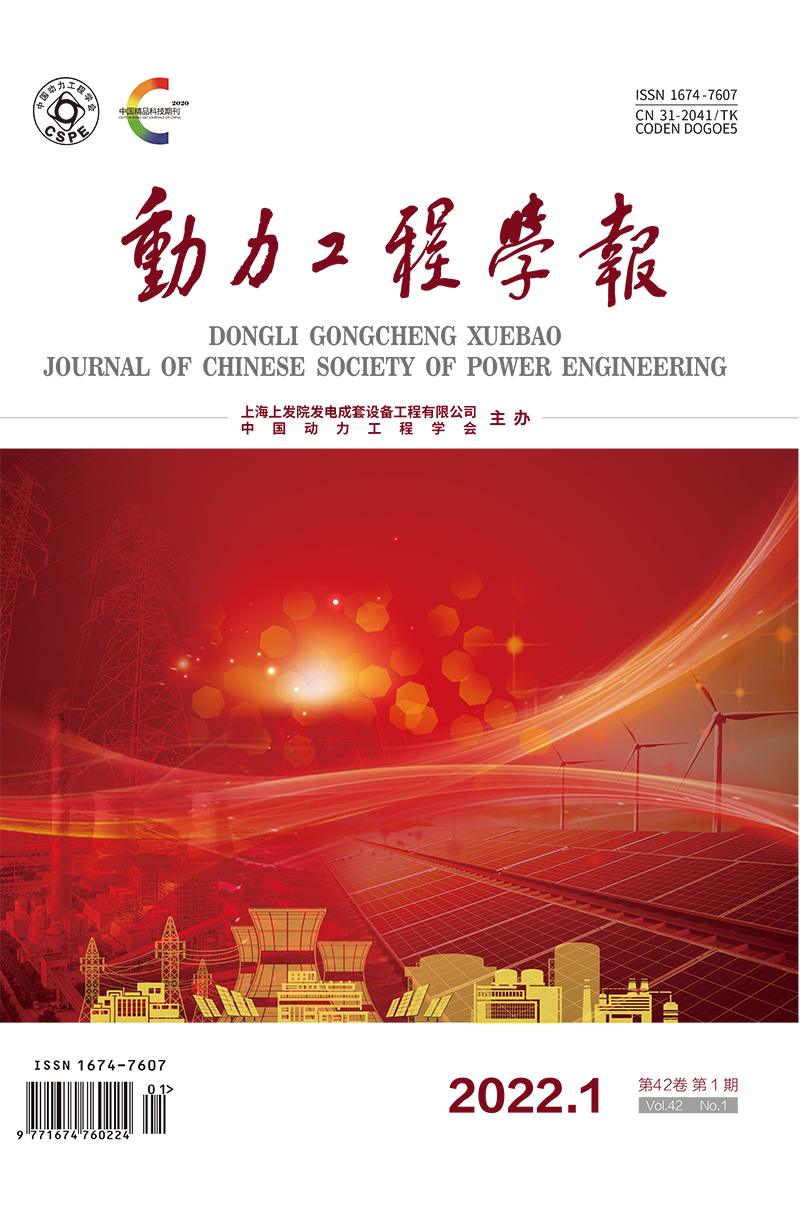MA Shuangchen, LI Yang, GU Tao, GONG Chunqin, HE Chuan, FAN Shuaijun, XU Fang
According to the reuse problem of high salt wastewater from zero discharge of desulfurization wastewater, a small-scale experimental platform was built to investigate the effects of reuse of high salt wastewater in the desulfurization system on its desulfurization performance, such as desulfurization efficiency, gypsum quality, slurry viscosity and limestone activity. Results show that in desulfurization efficiency experiments, the limestone slurry with salt added can improve the buffering performance of acid gas SO2, and the pH fluctuation range is smaller, which improves the desulfurization efficiency; the sodium salt can promote the SO2 absorption and mass transfer effect at the same concentration, especially for the divalent sodium salt Na2SO4; the gypsum crystals with single salt addition have a better crystal morphology and quality than those without salt addition; from the perspective of the salt viscosity affecting the gas-liquid mass transfer, magnesium salt has a significant impact, so the magnesium salt concentration should be controlled below 1 mol/L; NaCl in slurry can promote the dissolution of limestone, while MgCl2 and CaCl2 have an inhibitory effect. Different salinities have different effects on limestone dissociation.
